European folklore is rich with tales of enchanted creatures that possess supernatural powers. Among these magical beings, the wish-granting fish holds a special place in the cultural heritage of many European countries. These aquatic miracle-workers appear in numerous fairy tales, offering transformative opportunities to those who show them kindness or mercy. From the Grimm Brothers’ classic “The Fisherman and His Wife” to lesser-known regional variants across the continent, the motif of the magical fish has captivated audiences for centuries. This article explores the origins, symbolism, cultural significance, and enduring appeal of this fascinating folkloric figure that continues to enchant readers and listeners of all ages.
Origins of the Magic Fish Motif
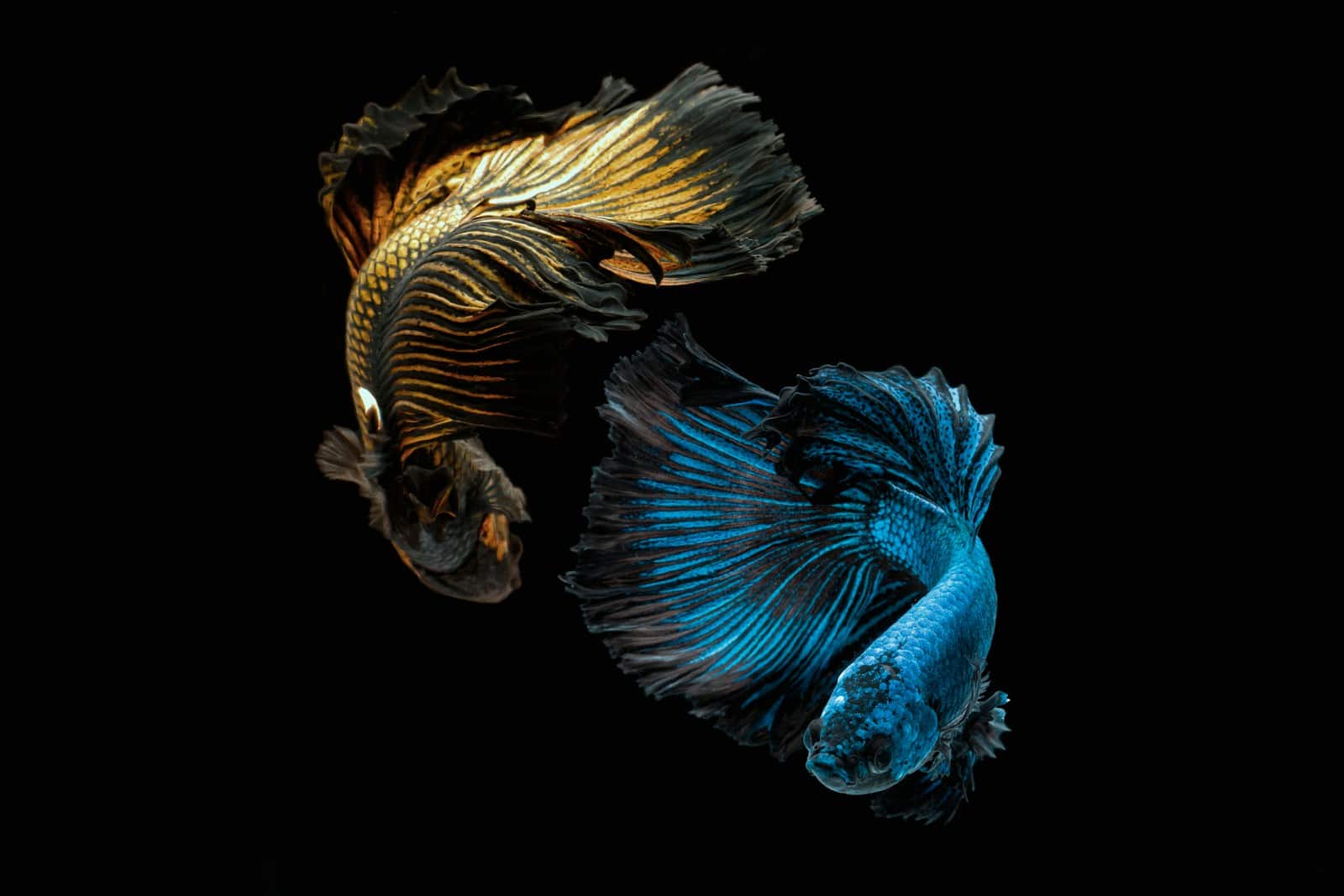
The motif of the magic fish that grants wishes has ancient roots that can be traced back to pre-Christian European folklore and possibly even earlier mythological traditions. Scholars have identified similar narrative patterns in tales from various cultures around the world, suggesting a universal human fascination with magical helpers and the concept of wishes being granted by supernatural beings. In European contexts, these stories likely evolved from pagan beliefs about water spirits and deities associated with lakes, rivers, and seas.
Early versions of these tales were part of oral traditions passed down through generations before being collected and documented by folklorists in the 18th and 19th centuries. The Brothers Grimm, who published their first collection of fairy tales in 1812, helped to preserve and popularize the magic fish narrative through their version of “The Fisherman and His Wife.” However, similar stories had been circulating throughout Europe long before they were committed to writing, with regional variations reflecting local cultural values and environmental conditions.
The Fisherman and His Wife: The Classic Tale

The most famous European tale featuring a wish-granting fish is undoubtedly “The Fisherman and His Wife,” collected by the Brothers Grimm. In this story, a poor fisherman catches an enchanted flounder who claims to be a transformed prince. Taking pity on the creature, the fisherman releases it back into the sea. When his wife learns of this encounter, she insists that her husband return to the water and ask the fish for a better house. The fish grants this wish, but the wife grows increasingly greedy, demanding progressively grander accommodations and positions of power—from a stone cottage to a palace, then to be king, emperor, pope, and finally to have the powers of God.
As her demands escalate beyond reasonable bounds, the story reaches its climactic conclusion when the fish finally revokes all the granted wishes, returning the couple to their original impoverished state. This narrative serves as a powerful cautionary tale about the dangers of insatiable greed and the importance of being content with what one has. The structure of the tale, with its repetitive pattern of increasingly outrageous demands, creates a powerful psychological tension that has resonated with audiences for generations.
Symbolic Meanings of the Magical Fish

The magical fish in European fairy tales carries rich symbolic significance that operates on multiple levels. As a creature that inhabits water—an element associated with the unconscious, emotions, and the realm of possibilities in many cultural traditions—the fish represents access to hidden knowledge and transformative power. Its ability to grant wishes symbolizes the human desire to transcend limitations and change one’s circumstances through supernatural intervention rather than through personal effort or societal change.
The fish is also frequently depicted as being a transformed being itself—often a prince under an enchantment—creating a parallel between the transformer and the transformed. This aspect of the story speaks to the fluid nature of identity and the potential for radical change inherent in fairy tale worlds. Additionally, the fish’s habitat in the depths of water bodies connects it to the concept of the “other world” or liminal spaces where magical events can occur, serving as a boundary-crosser between the mundane human world and supernatural realms.
Regional Variations Across Europe

While the Grimm version of the magic fish tale is perhaps the most widely recognized, numerous regional variations exist across Europe, each reflecting local cultural influences. In Russian folklore, Alexander Afanasyev collected “The Golden Fish,” a tale similar to the Grimm version but with distinct Slavic elements. In this variant, the fish is explicitly golden, emphasizing its precious and magical nature, and the wife’s demands follow a slightly different progression that reflects Russian social hierarchies and aspirations.
In Mediterranean traditions, particularly those from coastal regions of Italy, Greece, and Spain, the magical fish often incorporates elements related to local fishing cultures and sometimes blends with legends of sea deities or saints associated with fishermen. Norwegian and Finnish versions frequently place the story in the context of harsh northern environments, where the fish’s magic might initially provide protection against extreme weather or food scarcity before the wishes turn toward luxury and power. These regional adaptations demonstrate how the core narrative framework was flexible enough to be meaningful across diverse European cultural contexts.
The Magic Fish in Literary Tradition
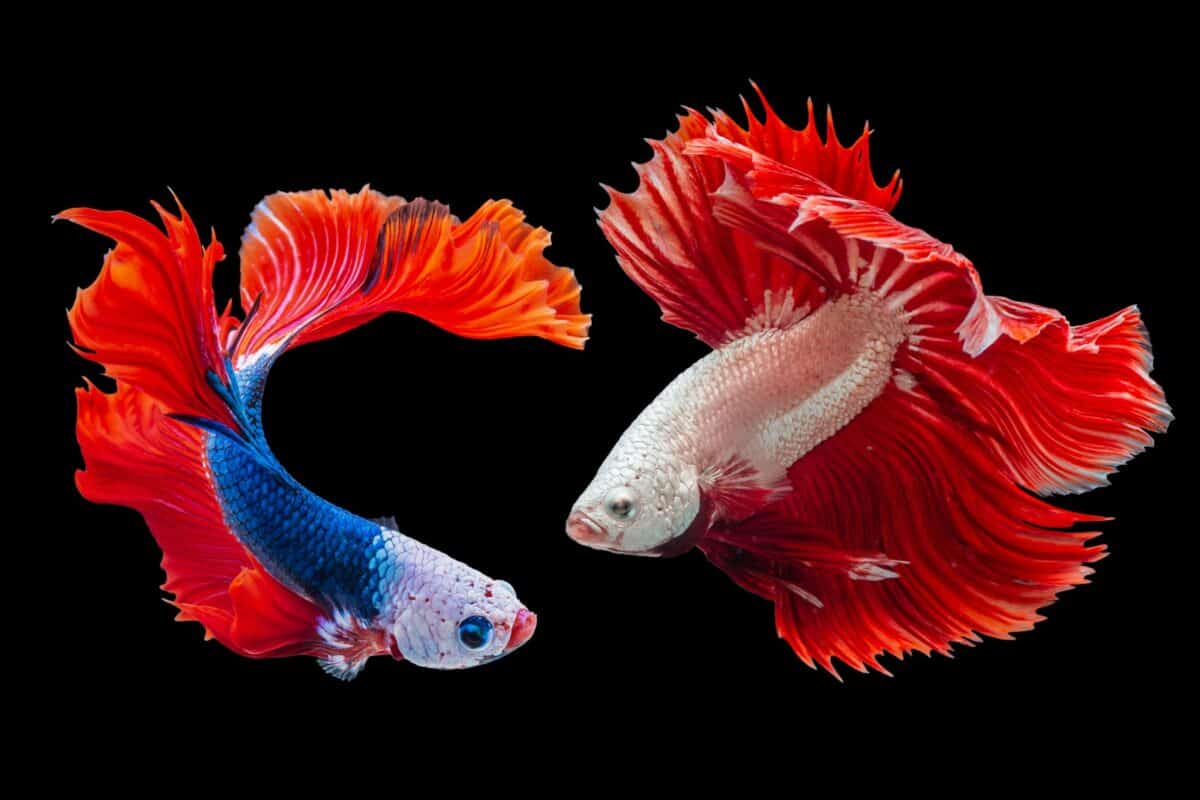
Beyond its origins in oral folklore, the magic fish motif has been adapted and incorporated into literary works throughout European history. Alexander Pushkin’s 1835 poem “The Tale of the Fisherman and the Fish” represents one of the most significant literary treatments of the story, transforming the folk narrative into a work of sophisticated verse that retains the moral message while adding poetic complexity. Pushkin’s version became a cornerstone of Russian literature and inspired numerous adaptations in other art forms.
In more recent times, authors of children’s literature have continued to reinvent the magic fish tale for new generations. Some modern adaptations emphasize environmental themes, positioning the magical fish as a symbol of endangered marine life deserving protection. Others focus on psychological interpretations, exploring how the characters’ wishes reflect deeper emotional needs and insecurities. These literary adaptations demonstrate the remarkable adaptability of the core narrative and its continued relevance to contemporary concerns despite its ancient origins.
Visual Representations in Art and Illustration

The image of the magic fish has inspired artists and illustrators for centuries, resulting in a rich visual tradition that complements the textual narratives. Early illustrated editions of Grimm’s fairy tales established certain iconographic conventions for depicting the fish and the fisherman, often emphasizing the contrast between the humble human character and the magnificent, sometimes regal appearance of the enchanted fish. These illustrations typically highlighted key moments in the story: the initial capture of the fish, the fisherman making his requests at the seashore, and the progressive transformation of the couple’s dwelling.
In the 20th century, notable illustrators such as Arthur Rackham, Ivan Bilibin, and Edmund Dulac created distinctive interpretations of the magic fish that influenced subsequent visual representations. Bilibin’s illustrations for Pushkin’s poem, with their distinctive Russian folk-art style and intricate decorative elements, became particularly influential. In contemporary children’s books, illustrators continue to reinterpret the visual aspects of the tale, sometimes incorporating modern environmental concerns by depicting the fish against backgrounds of ocean pollution or threatened marine habitats, adding new layers of meaning to this ancient narrative.
The Magic Fish in Film and Animation

The visual and narrative appeal of the magic fish tale has made it a natural subject for adaptation to film and animation. Soviet animators produced several notable versions, including Alexander Ptushko’s stop-motion adaptation of Pushkin’s poem in 1937 and a celebrated 1950 animated film directed by Mikhail Tsekhanovsky. These productions established visual conventions that influenced subsequent adaptations throughout Eastern Europe and beyond, with their distinctive aesthetics drawing on folk art traditions while utilizing the unique possibilities of animation to depict the magical transformations central to the story.
Western productions have also drawn inspiration from the tale, though often incorporating it into larger narrative frameworks or modernizing elements to appeal to contemporary audiences. The repetitive structure of the original story, with its escalating series of wishes and transformations, lends itself particularly well to the visual medium of animation, allowing filmmakers to create spectacular sequences showing the magical changes wrought by the fish’s power. Recent adaptations have sometimes incorporated digital effects to create more realistic depictions of the talking fish, though many animators continue to favor stylized approaches that emphasize the fantastical nature of the story.
Psychological Interpretations

Psychologists and folklorists have offered various interpretations of the magic fish tale, seeing in it profound insights into human psychology. Bruno Bettelheim, in his influential work “The Uses of Enchantment,” suggested that such tales help children process complex emotional realities through symbolic narratives. The magic fish story, with its lessons about greed and contentment, provides a safe way to explore the consequences of unchecked desire and the importance of moderation—concepts that remain relevant throughout life but are particularly important in childhood development.
Jungian analysts have interpreted the fish as a symbol of the self, emerging from the unconscious (represented by the sea) to offer transformation. The progressive nature of the wishes in the tale mirrors the process of psychological inflation, where one’s sense of importance becomes dangerously exaggerated. The inevitable return to the original state can be seen as representing a necessary psychological correction and integration process. These psychological readings help explain the enduring appeal of the story across cultures and generations, suggesting that it addresses fundamental aspects of human experience and development.
Moral Lessons and Social Commentary
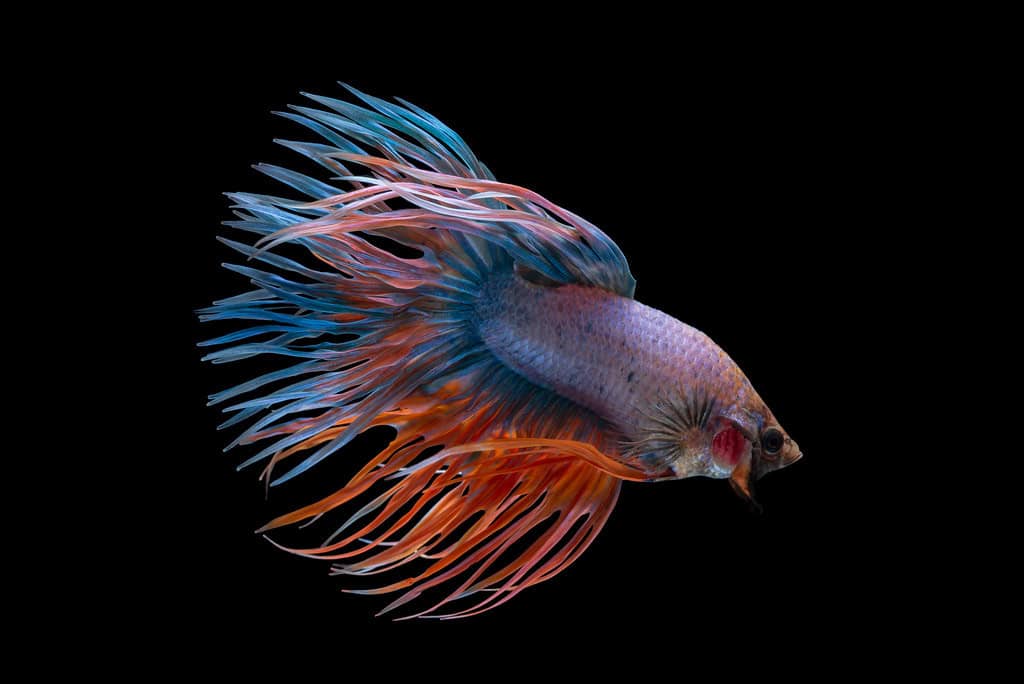
At its core, the magic fish tale functions as a moral fable warning against the dangers of excessive greed and ingratitude. In most versions, the downfall of the characters comes not from making wishes, but from failing to recognize when they have received enough—a pointed critique of insatiable materialism and ambition. This moral dimension made the tale particularly useful in European societies where Christian values emphasized humility and contentment with one’s station in life, though the lesson transcends any specific religious framework.
The story also contains subtle social commentary on power dynamics and class structures. In many versions, the wife’s increasingly outrageous demands involve ascending a social hierarchy that would have been largely fixed and impermeable in pre-modern European societies. The tale thus simultaneously acknowledges the natural human desire for social mobility while warning against overreaching ambition that challenges the established order. Modern interpretations often reframe this aspect of the story to critique capitalist excess or environmental exploitation, showing how the basic narrative framework can be adapted to address contemporary social concerns.
The Wish-Granting Motif in Comparative Folklore

The magic fish belongs to a broader category of wish-granting figures in world folklore that includes genies, fairy godmothers, magical objects, and other enchanted animals. Comparative folklorists have identified similar narrative patterns across cultural traditions, suggesting either common psychological origins or historical transmission of these story types. The “three wishes” motif, where characters are granted a limited number of opportunities to change their circumstances through supernatural means, appears with remarkable consistency across diverse cultures.
What distinguishes the European magic fish tradition is the specific combination of elements: the aquatic setting, the fish as a transformed being rather than a spirit or deity, and the typically unlimited nature of the wishes (constrained only by the granter’s patience rather than a predetermined number). The connection to fishing as a livelihood also grounds these tales in the economic realities of coastal and riverine communities throughout Europe, where subsistence fishing was a common occupation for the lower classes. This integration of magical elements with realistic socioeconomic contexts is characteristic of European fairy tales more broadly.
Modern Adaptations and Continued Relevance
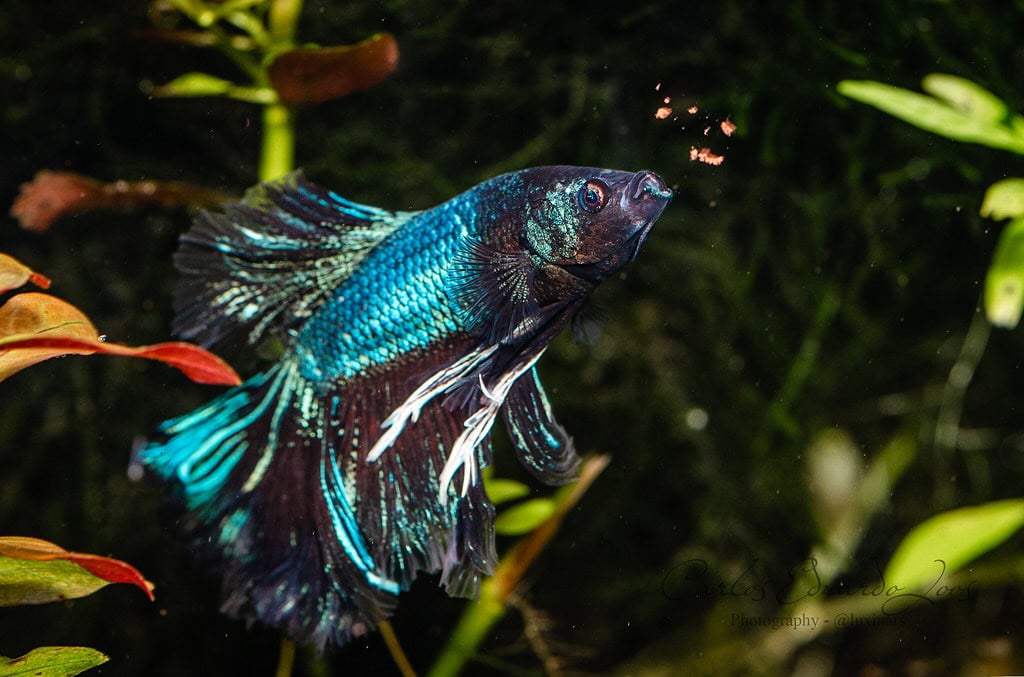
The magic fish tale continues to inspire contemporary storytellers across various media. Modern children’s books often retain the core narrative while updating certain elements or adding ecological dimensions that reflect current environmental concerns about marine conservation. These adaptations frequently position the fish as not merely magical but endangered, encouraging young readers to consider their relationship with the natural world and the consequences of human actions on aquatic ecosystems.
The basic structure of the tale has also proven adaptable to diverse cultural contexts beyond Europe. Global versions incorporate local species of fish and culturally specific wishes that resonate with contemporary audiences while preserving the essential moral message about greed and contentment. The story’s enduring appeal lies partly in its simplicity and partly in the universal nature of its themes—the tension between desire and satisfaction, the consequences of unchecked ambition, and the complex relationship between humans and the natural world continue to resonate with audiences regardless of cultural background or historical period.
Conclusion: The Enduring Magic of the Wish-Granting Fish
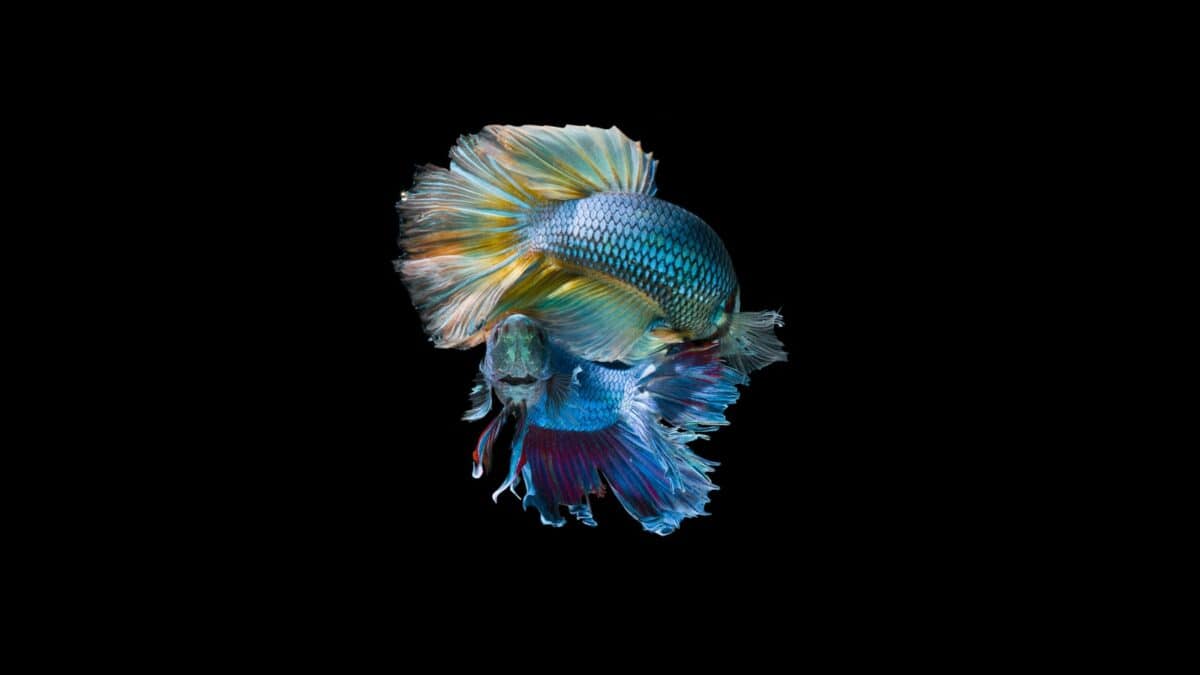
The magic fish that grants wishes stands as one of the most compelling and versatile motifs in European fairy tale tradition, combining psychological insight with moral instruction in a narrative framework that has captivated audiences for centuries. From its ancient folkloric origins to contemporary adaptations across various media, this enchanted creature continues to swim through our collective imagination, offering both cautionary warnings and transformative possibilities. The tale’s remarkable adaptability across regional variations, artistic interpretations, and psychological readings testifies to its fundamental connection with enduring human concerns about desire, transformation, and our relationship with the natural world. As we continue to reimagine and retell this ancient story, the magic fish remains a powerful symbol of both the potential and the pitfalls of wishing for more than we have—a lesson as relevant in today’s world as it was when fishermen first told tales of enchanted catches by firelight centuries ago.
- The Magic Fish That Grants Wishes in European Fairy Tales - August 10, 2025
- Why Bison Roll in Dust—And What It Means - August 10, 2025
- How Chameleons Use Independent Eye Movement to Hunt - August 10, 2025

